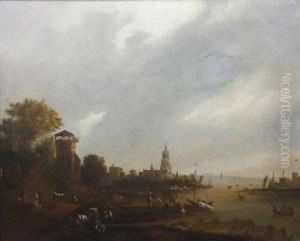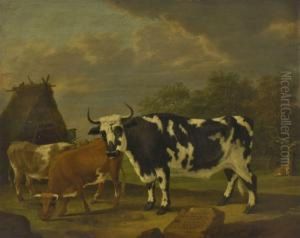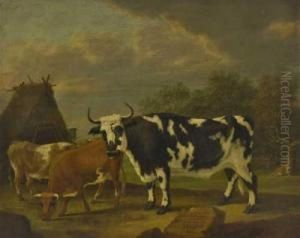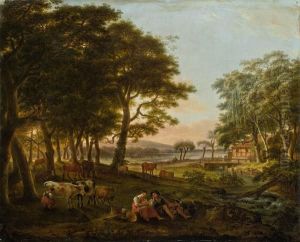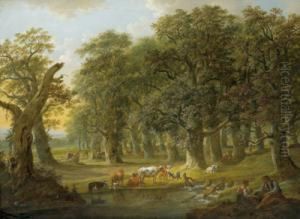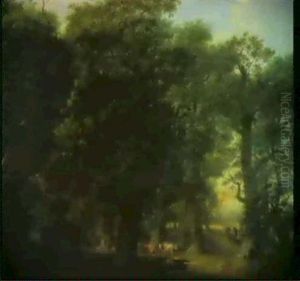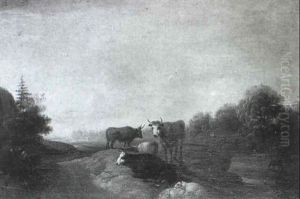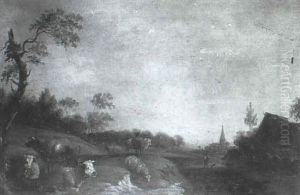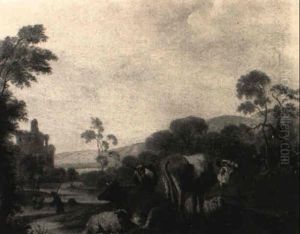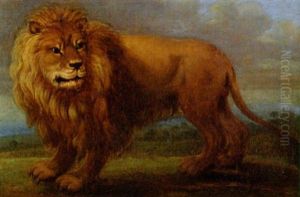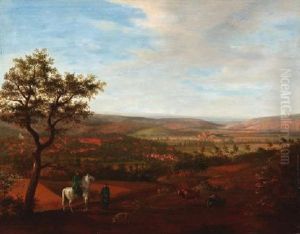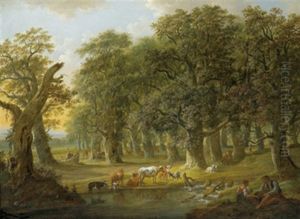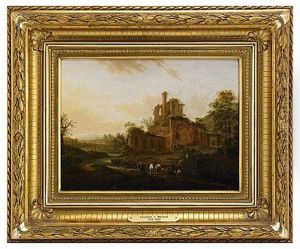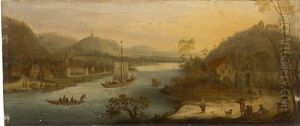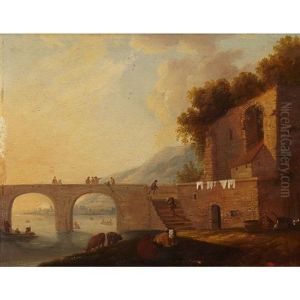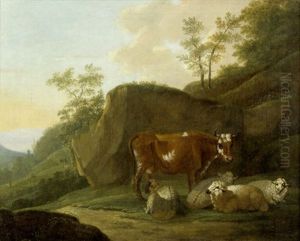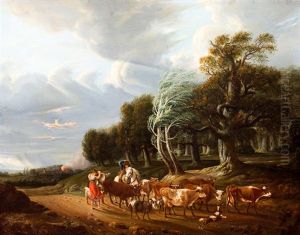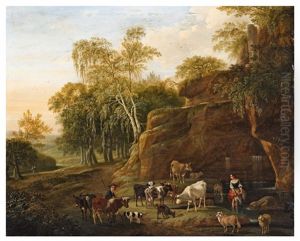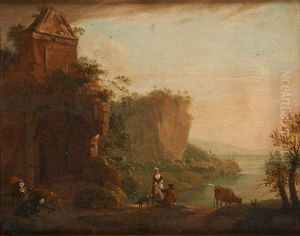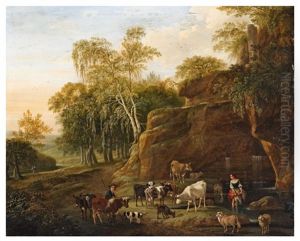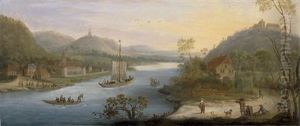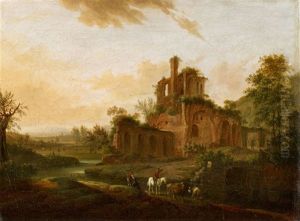Johann Friedrich Weitsch Paintings
Johann Friedrich Weitsch, also known as Friedrich Weitsch, was a notable German painter of the 18th century, born in Braunschweig (Brunswick) in 1723. He was recognized for his contributions to portraiture, landscape, and historical painting. Friedrich came from an artistic family; his father, Pascha Johann Weitsch, was a court painter, and this environment undoubtedly influenced Friedrich’s eventual career path.
Initially trained by his father, Weitsch further honed his skills by studying at the Academy of Arts in Berlin under the guidance of the French painter Antoine Pesne, who was at that time the court painter of Frederick the Great of Prussia. Weitsch's education continued as he traveled to the Netherlands to study Dutch Masters, whose influence would be evident in his landscapes and genre scenes.
Returning to Germany, Weitsch became a court painter in Brunswick and was later appointed director of the Brunswick Gallery, which significantly impacted his career. His works during this time reflected a keen interest in the natural sciences, which was aligned with the Age of Enlightenment's spirit. He became known for his sophisticated treatment of light and atmosphere, which he often showcased in his landscapes and portraits.
Among his notable works are portraits of important figures of his time, including the naturalist and explorer Alexander von Humboldt. Weitsch's portrait of Humboldt is significant as it depicts the explorer in the Andes during his South American expedition, demonstrating Weitsch's skill in combining portraiture with landscape to tell a broader story of his subject’s life and achievements.
Johann Friedrich Weitsch passed away in 1803 in Braunschweig. Although he may not be widely known today, his contributions to German art during the Enlightenment period were significant. His works are part of important collections and continue to be studied for their technical skill and the cultural insights they provide into the period in which he lived.
